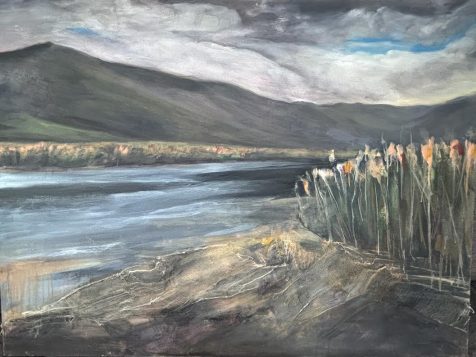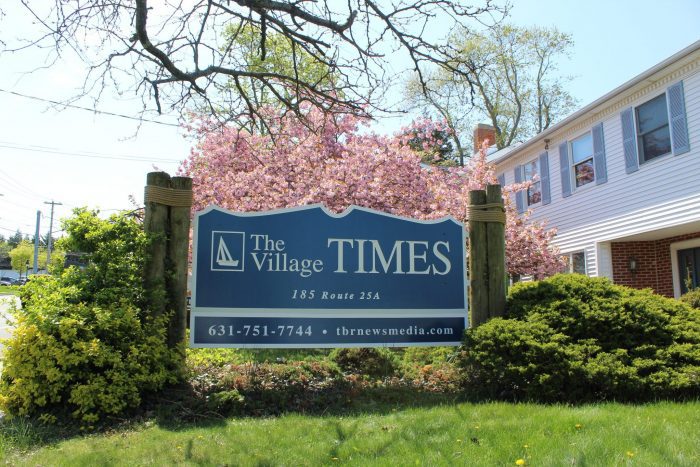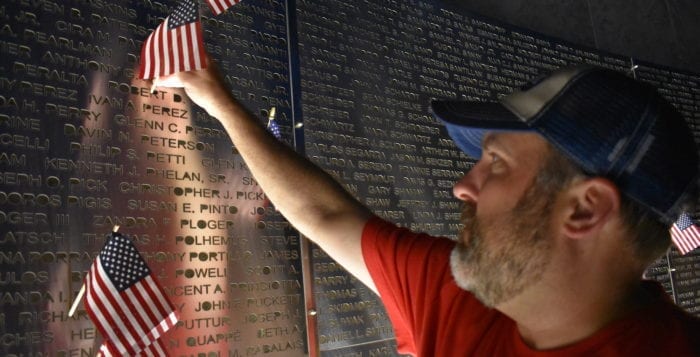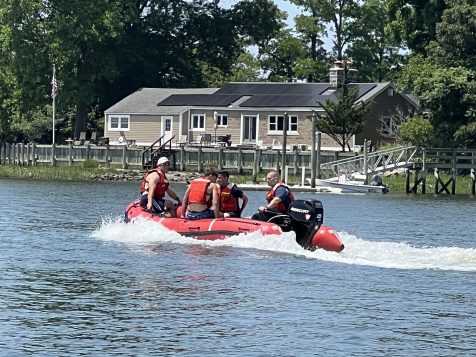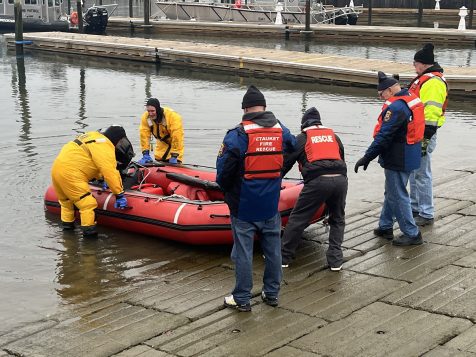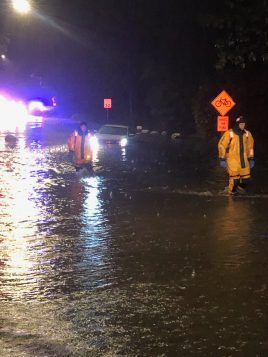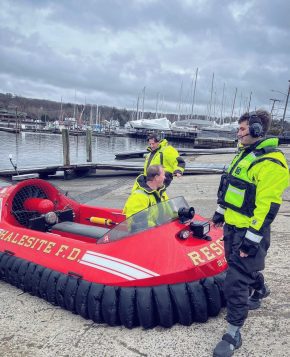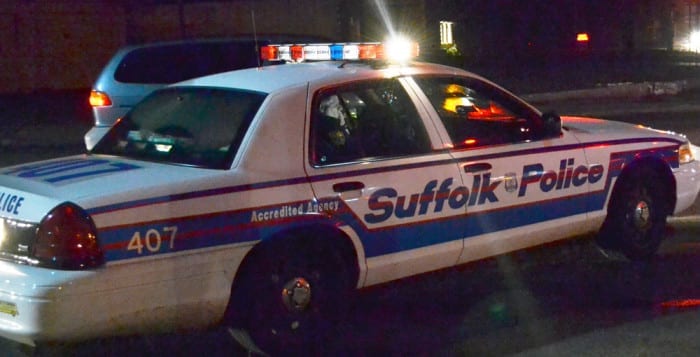By Toni-Elena Gallo
A lawyer and former construction worker have banded together to ensure all Sept. 11 victims receive their fair share.
Michael Barasch and John Feal have worked both together and separately for years on behalf of those who suffered health complications as a result of being at or near Ground Zero during the 9/11 terrorist attacks.
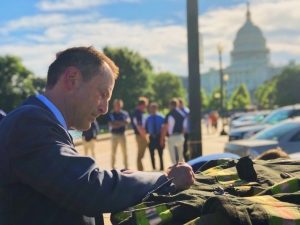
Barasch’s law firm — Barasch & McGarry, located half a mile from the site of the attacks — was instrumental in getting the James Zadroga 9/11 Health and Compensation Act of 2010 passed. This act was named after former NYPD Detective James Zadroga who died from pulmonary fibrosis caused by inhaling toxins at Ground Zero. This act greatly expanded the number of people in the 9/11 community who could access health benefits.
“Less than 10% of civilians are in [the World Trade Center Health Program] and the reason that we hear most often, when I ask someone with stage 4 pancreatic cancer, why they have not enrolled yet, is that ‘I didn’t know it was for nonresponders,’” Feal said.
“People think it’s just the firefighters and cops who were able to get medical assistance. And, if they did know that they were eligible, they didn’t want to take away ‘from those firefighters and cops, because I was only a teacher at Stuyvesant High School,’ or ‘I was only an office worker at Goldman Sachs.’ They don’t realize that they are entitled to this free health care,” he continued.
The 2015 reauthorization of the act added $4.6 billion to the Victim Compensation Fund, which was originally only in place from its 2001 inception to 2004.
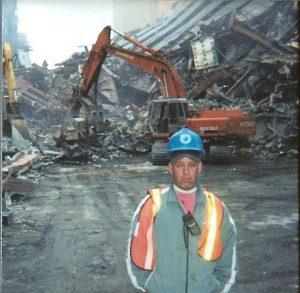
The fund is available to compensate all eligible 9/11 victims for illness, injury or death and anyone else who was in the exposure zone between Sept. 11, 2001, and May 30, 2002.
“They’re entitled to hundreds of thousands of dollars in compensation because the government assured us the air was safe to breathe down there, and it wasn’t,” Feal explained.
As for Feal’s individual story, he was a demolition supervisor who developed gangrene and sepsis after an 8,000-pound steel beam crushed his foot during cleanup on Sept. 17, 2001. As a result of his and his friends’ experiences, he established the FealGood Foundation. He played a key role in lobbying Congress to permanently extend and fully fund the Victim Compensation Fund. Their efforts culminated in the passage of the Never Forget the Heroes: James Zadroga, Ray Pfeifer and Luis Alvarez Permanent Authorization of the September 11th Compensation Fund Act, in 2019. This law guarantees funding for all eligible VCF claims, through 2090.
And these men are not done fighting yet.
New legislation sought
A bill entitled the 9/11 Responder and Survivor Health Funding Correction Act of 2024, sponsored by a bipartisan group of legislators — including Sens. Chuck Schumer (D-NY) and Kirsten Gillibrand (D-NY) and Congressmen Andrew Garbarino (R-NY2) and Anthony D’Esposito (R-NY4) — is seeking to introduce key changes to the WTC Health Program.

A few of these improvements include adjusting the amount of funding, according to inflation, by about 5% each; having funding reflect changes in the number of individuals enrolled in the program; giving those afflicted moved-up medical appointments; and reallocating unused funds to support ongoing health services, such as Medicare.
The men are also eager to expand the types of mental health professionals authorized to certify mental health conditions for 9/11 responders and survivors.
“Cancer’s the sexy word in the 9/11 community,” Feal said. “But, PTSD should be on everybody’s autopsy and death certificate. In 2005, the Surgeon General said post-traumatic stress disorder is a physical injury. PTSD does not allow you — your immune system — to fight cancers. It’s physical and mental stress on the body. And, we don’t talk about PTSD enough, because cops and firefighters, and all of these macho tattoo, bearded construction workers, don’t like to discuss it, but it’s not a stigma.”
Feal and Barasch have achieved a number of legislative wins and express that they don’t intend to start losing now.
“Now, while we do have enough money until 2027, we don’t want to wait until 2027. We are going to get this bill passed this year. Senator Gillibrand, Senator Schumer, the other advocates — the congressmen from Long Island — I don’t discriminate whether you’re a Democrat or a Republican. I’m 19 for 19 on getting legislation passed, and I’m not about to fail,” Feal explained.
“Tens of thousands of people rely on our help, and the number of people with various types of cancers and illnesses rises by the year,” he added.
Both Feal and Barasch told how the funding they are pursuing will allow more illnesses to be recognized by the health program, as well as help with medical research into the conditions.
According to Barasch, “We lose two clients every day at my firm — all from 9/11 cancers. And, it is so heartbreaking. I’m so frustrated that more people aren’t taking advantage of these two programs, because we take this so personally, and not just because we made all these trips to Washington. Two of my paralegals died of 9/11 illnesses. Four others in my office, including me, are cancer survivors.” (Barasch has been diagnosed with prostate and skin cancer.)
On Sept. 14, Feal will be holding a memorial ceremony at the 9/11 Responders Remembered Park in Nesconset, while Barasch will be speaking at a candlelight vigil in New Jersey located at Liberty State Park, Jersey City.



